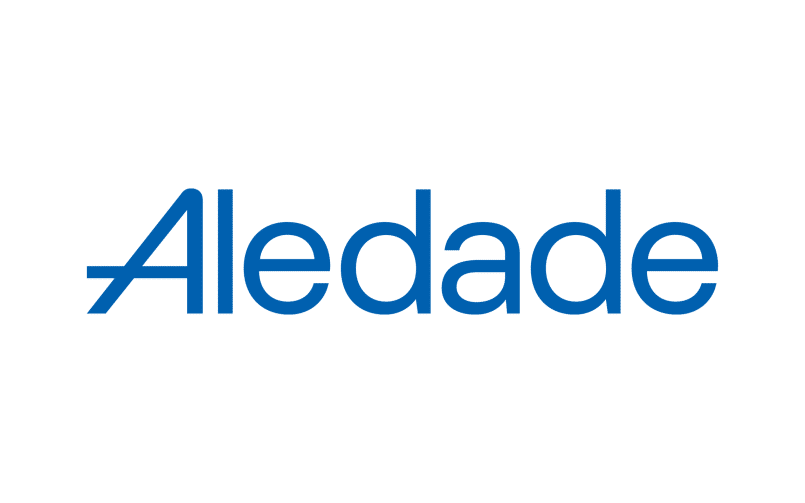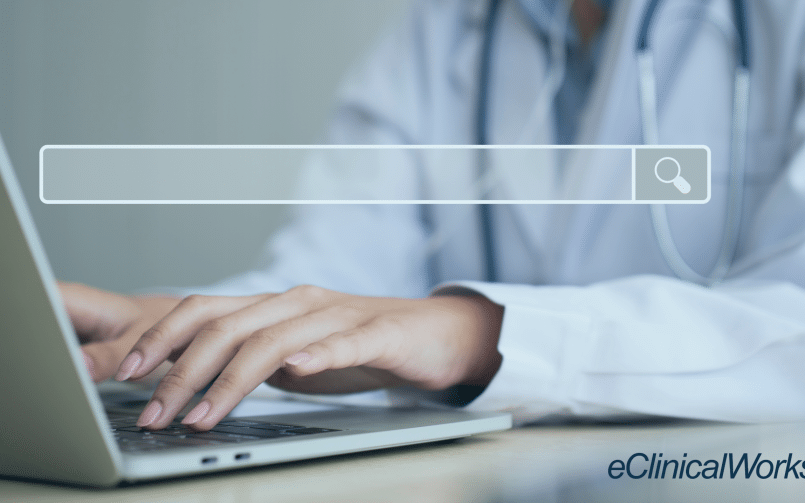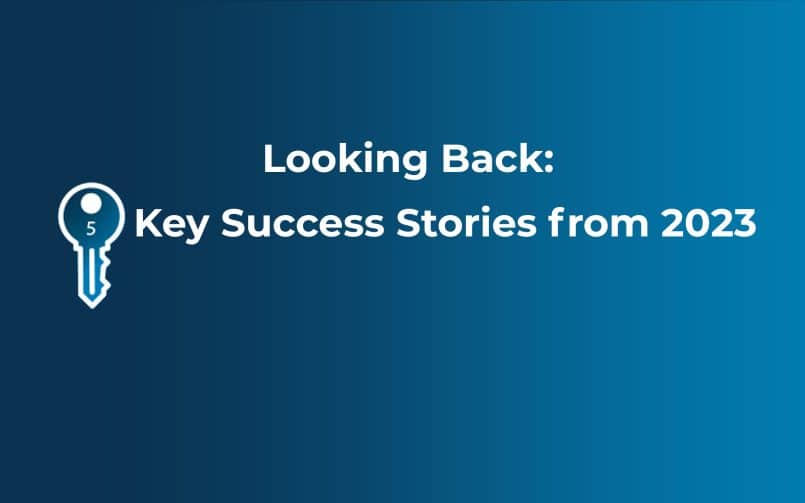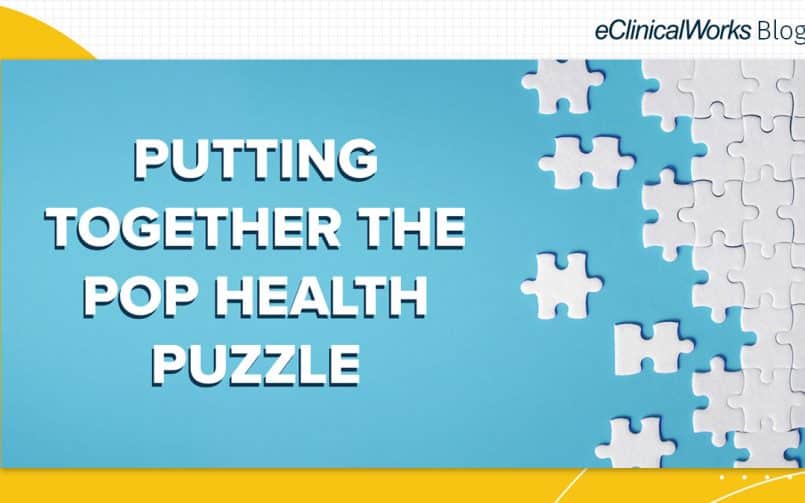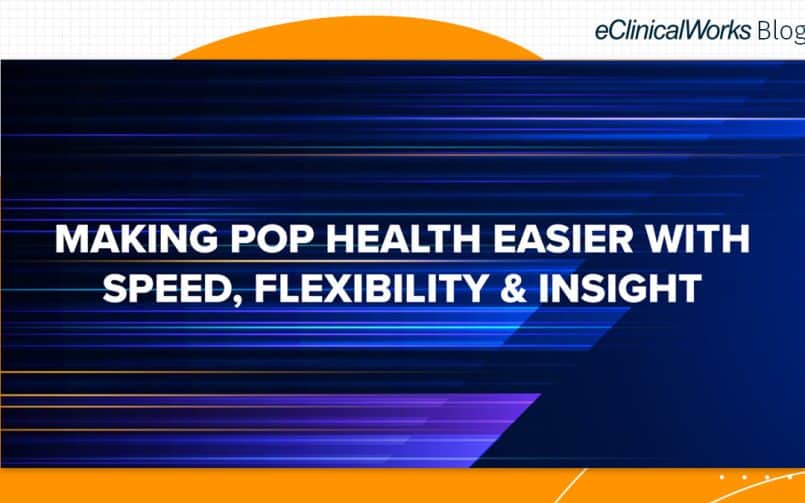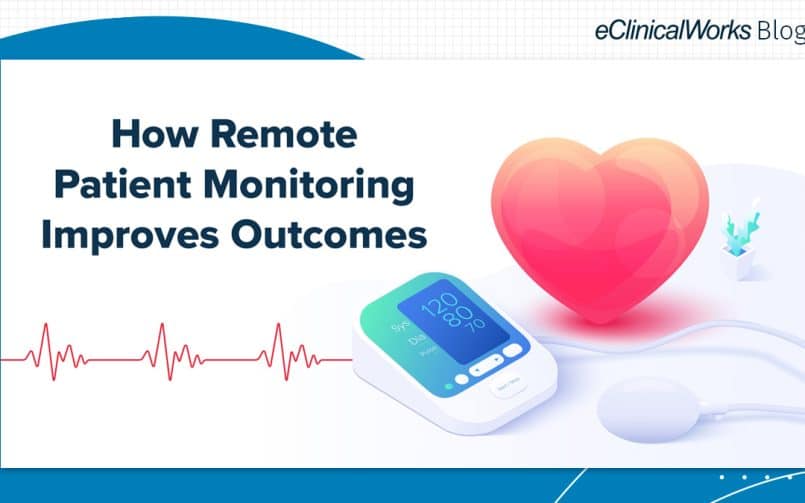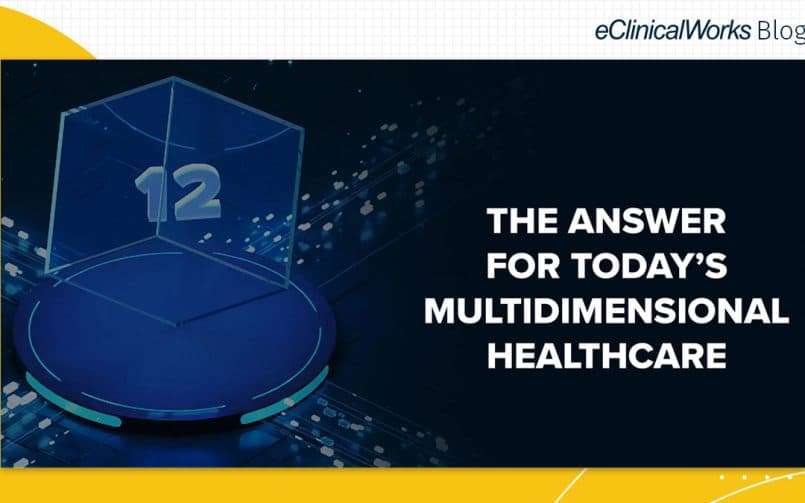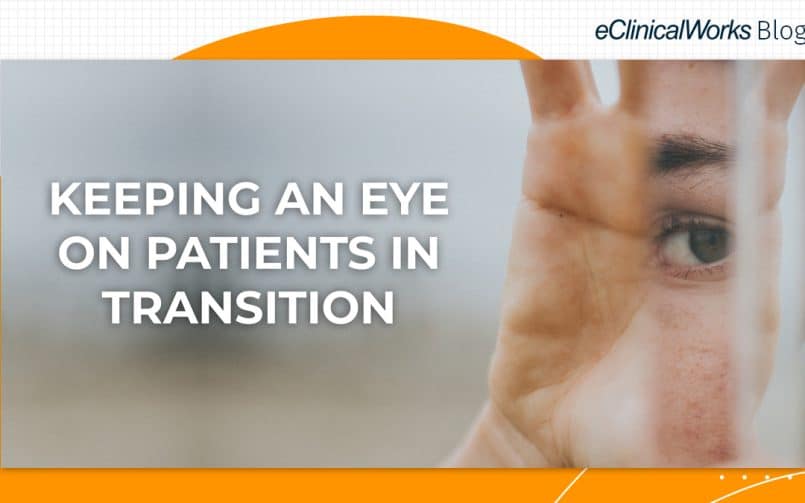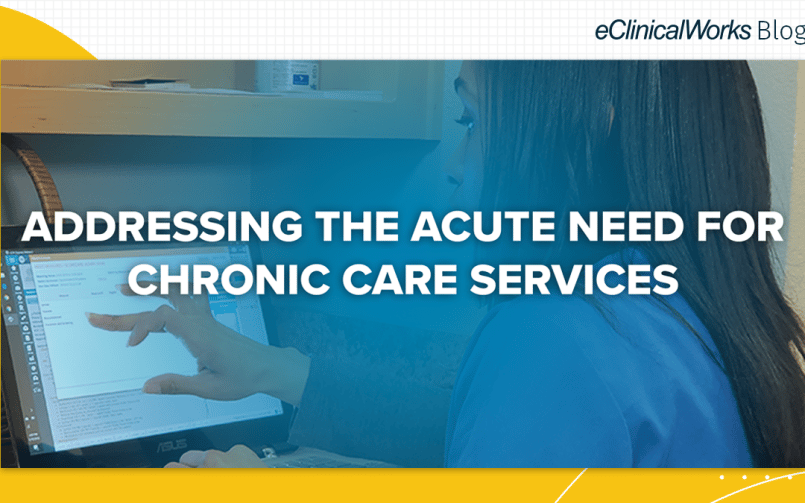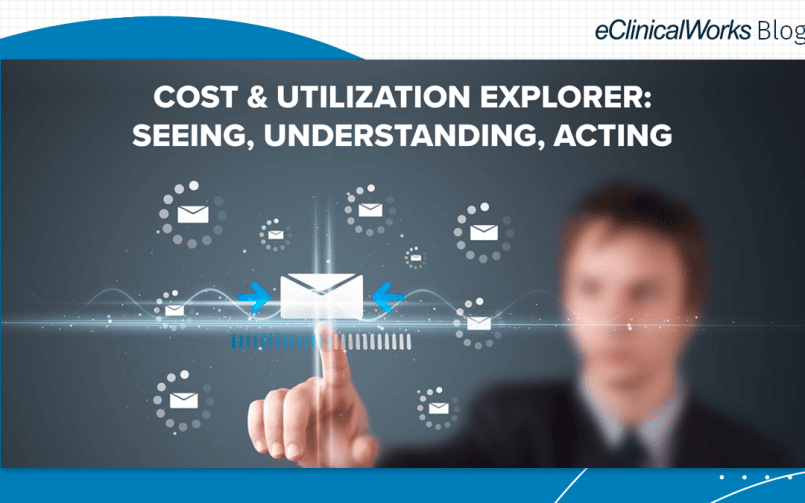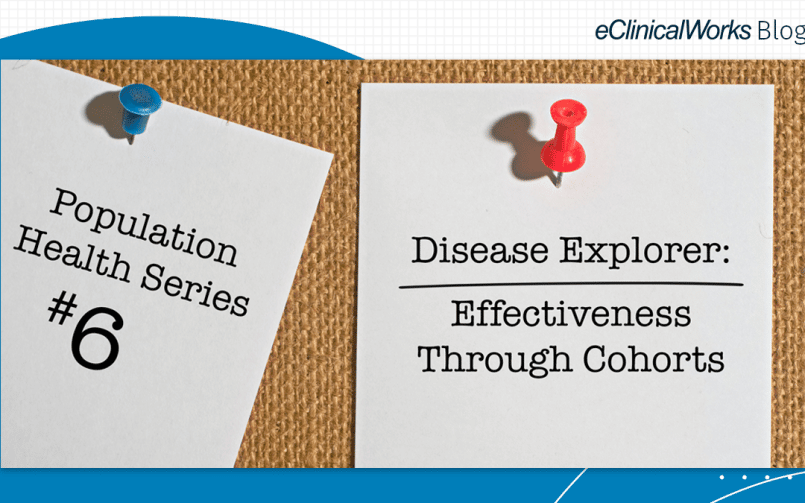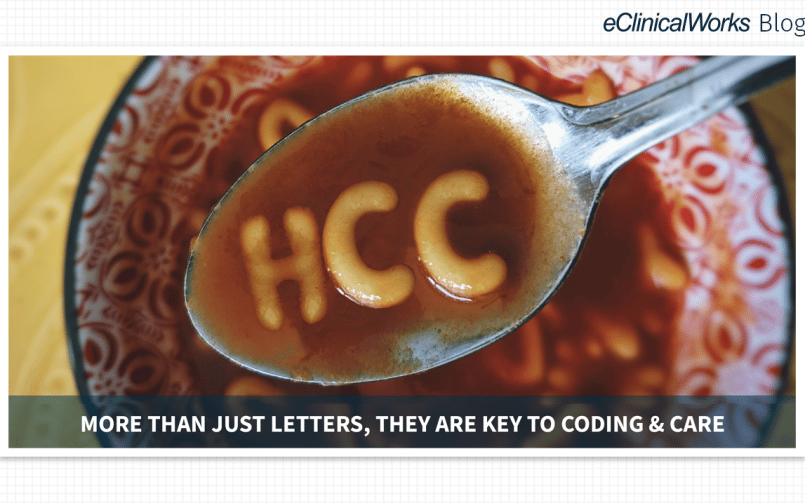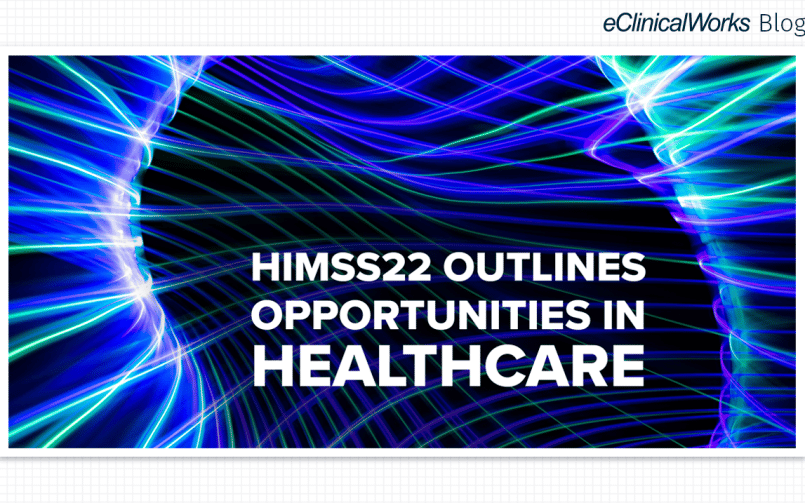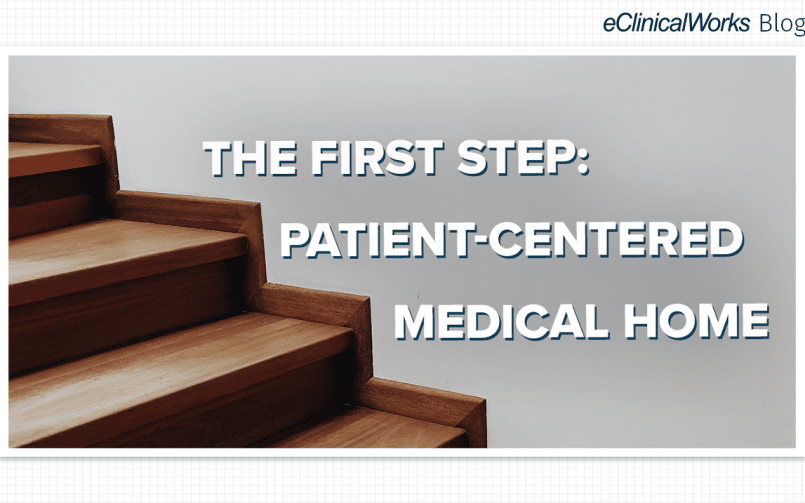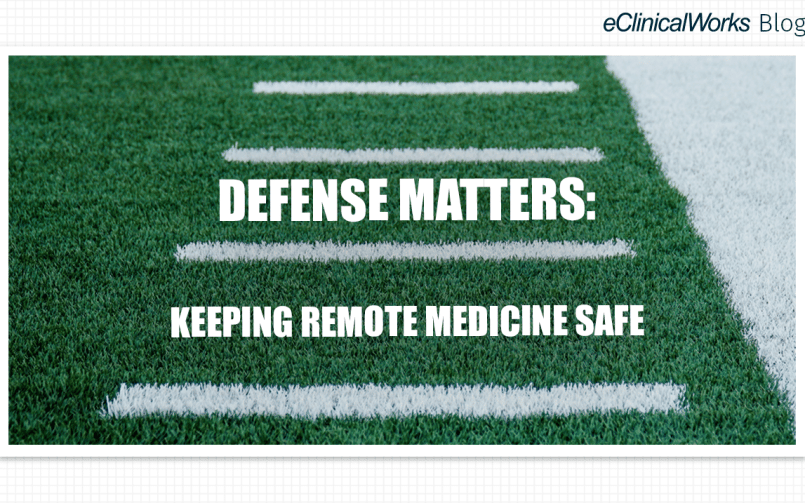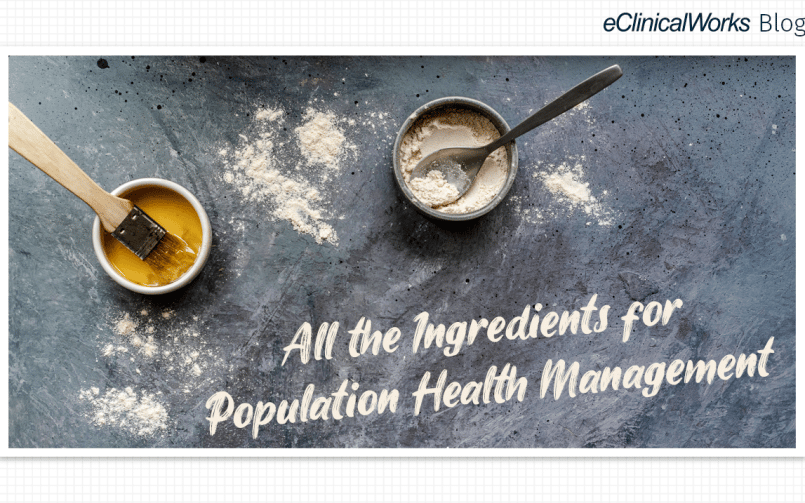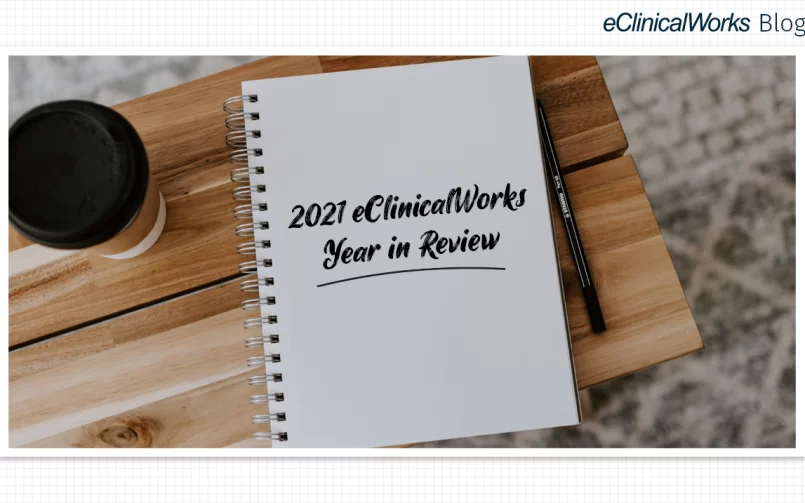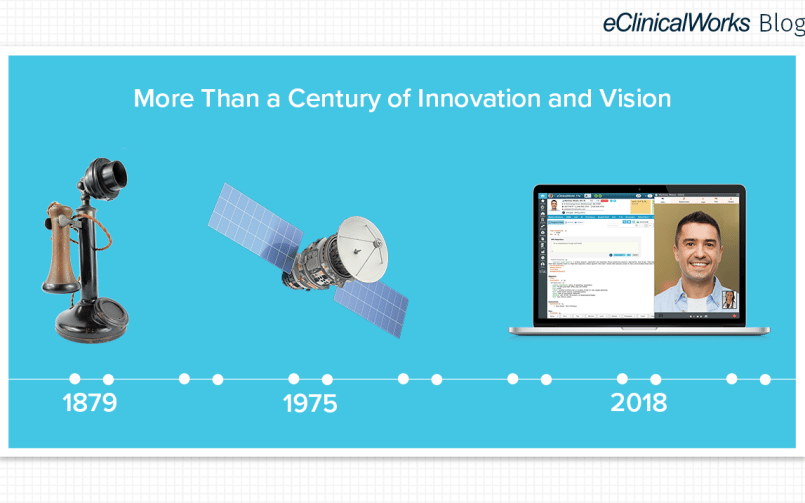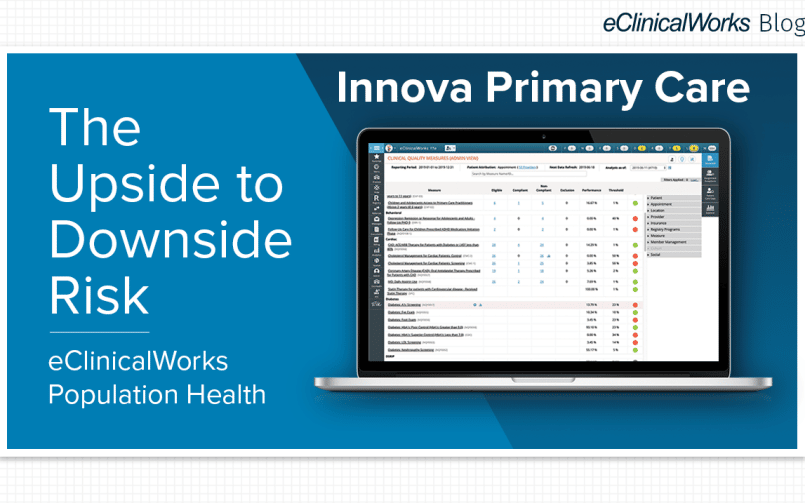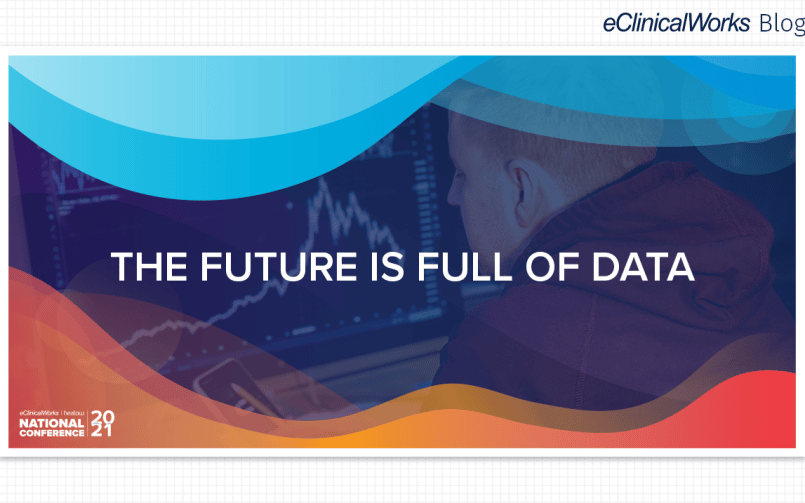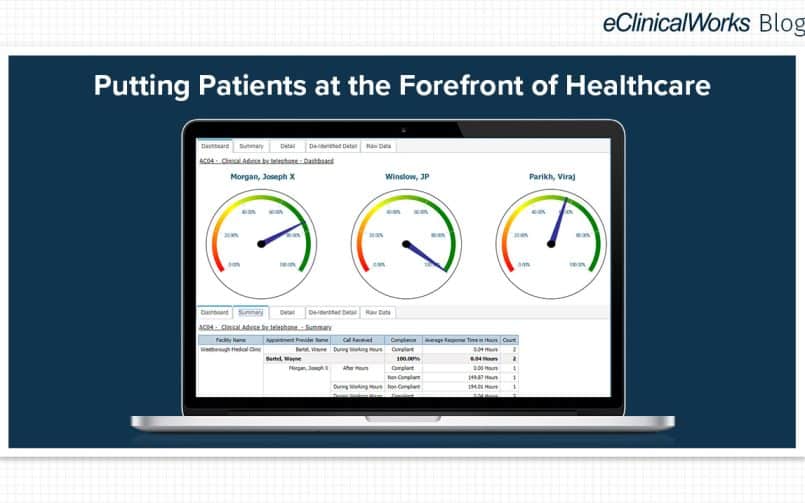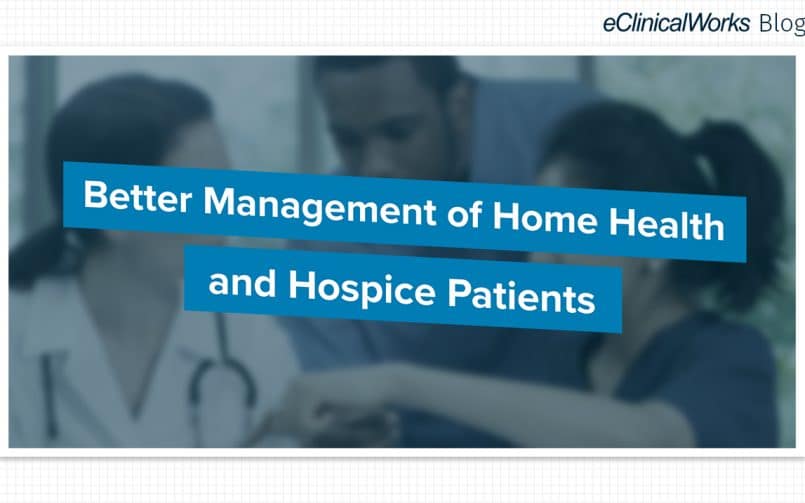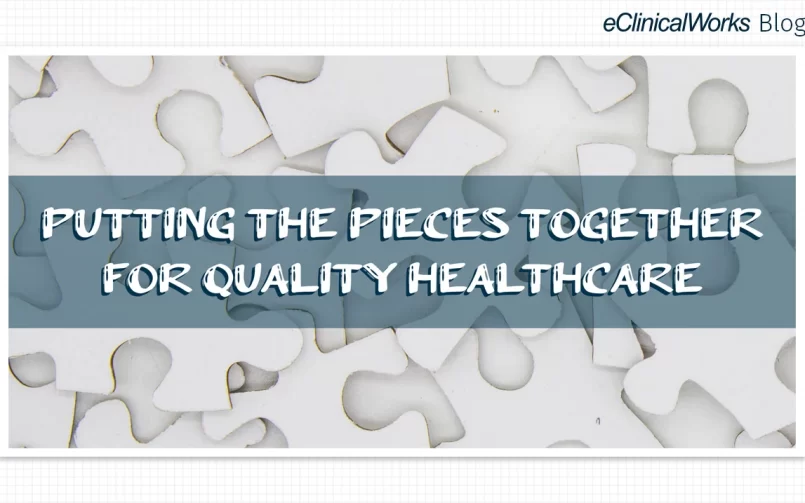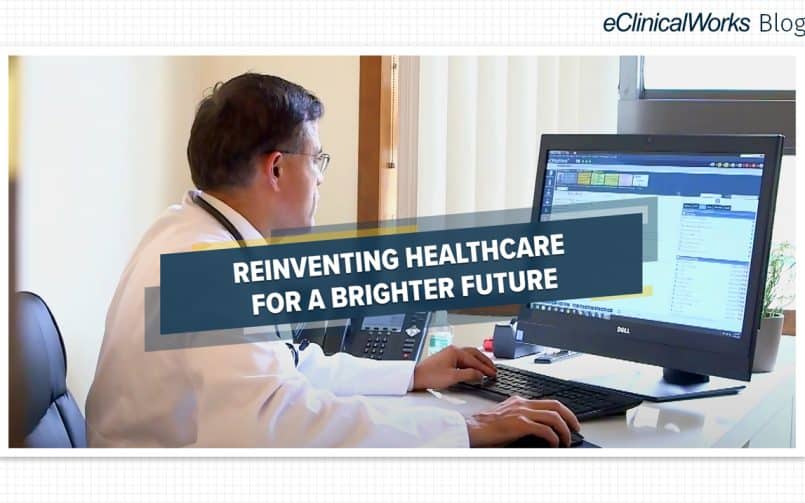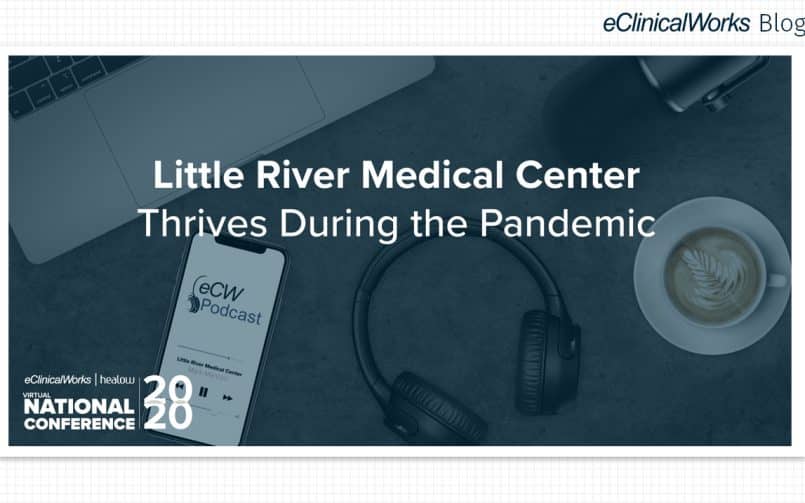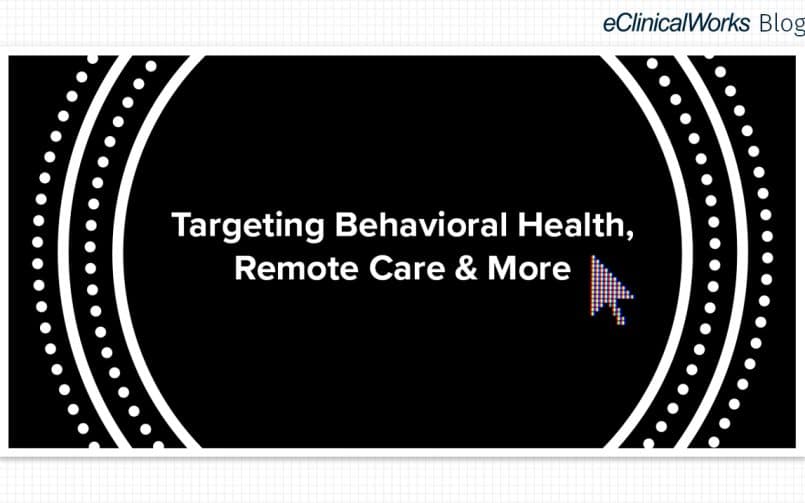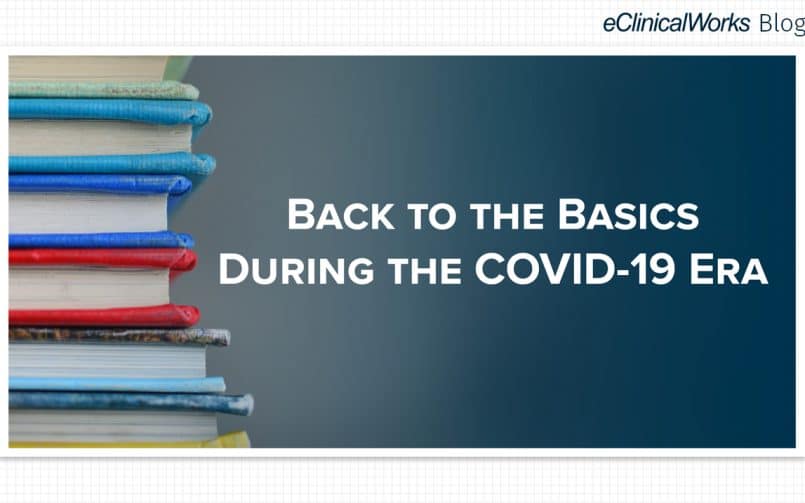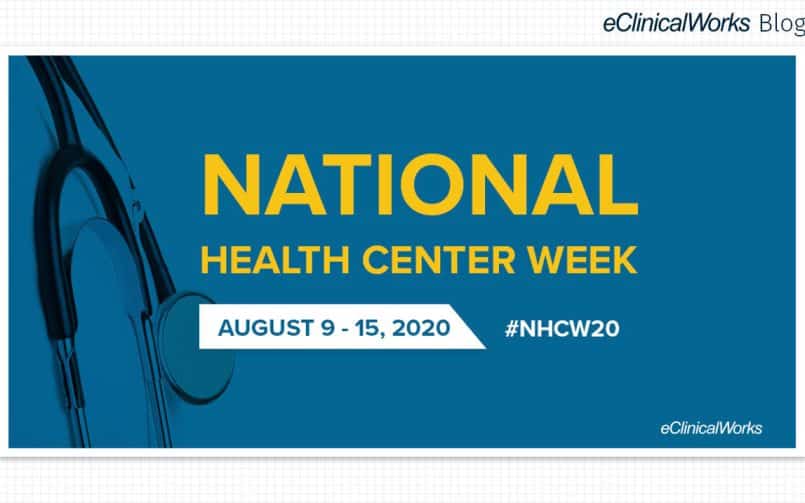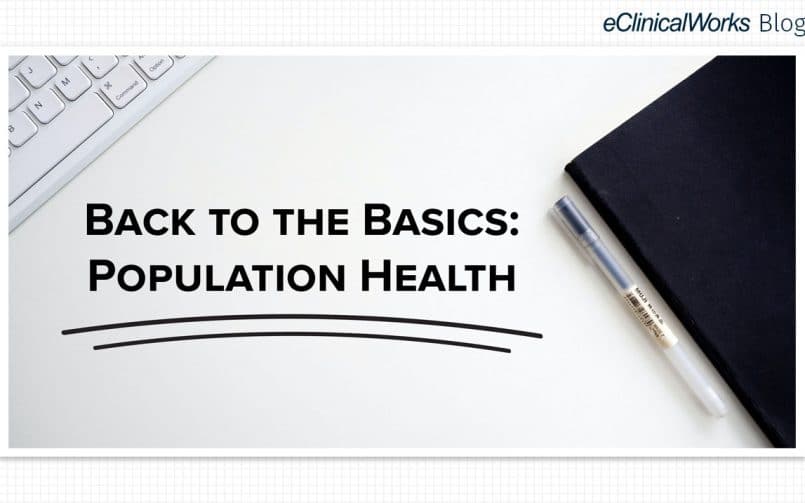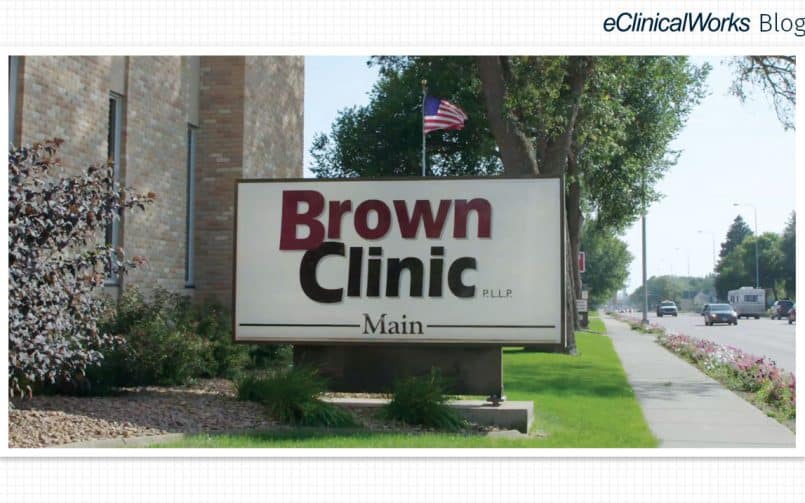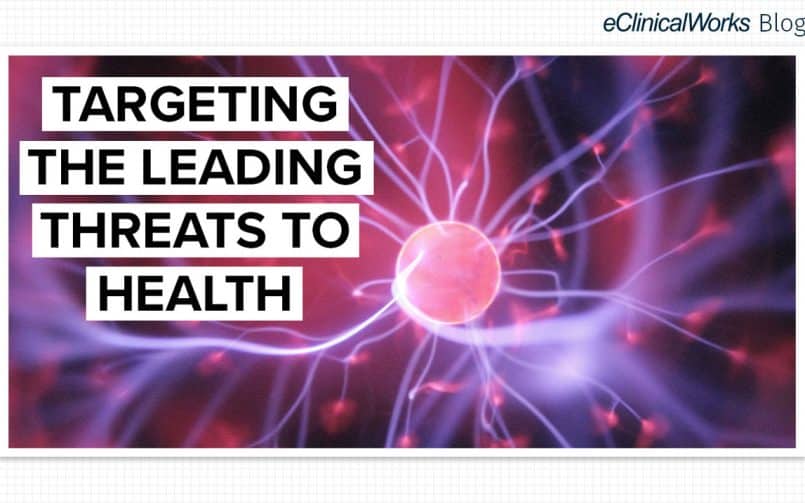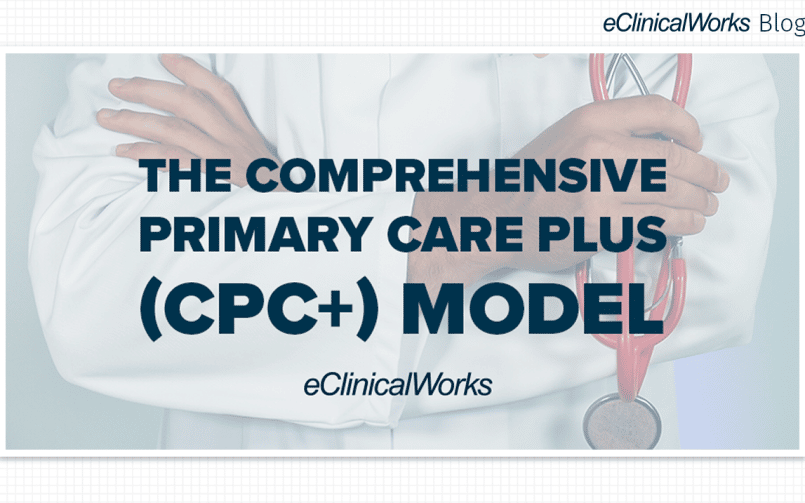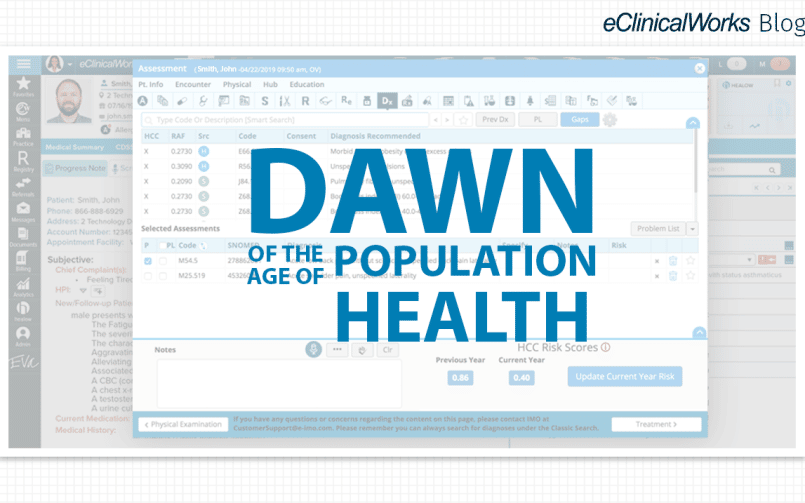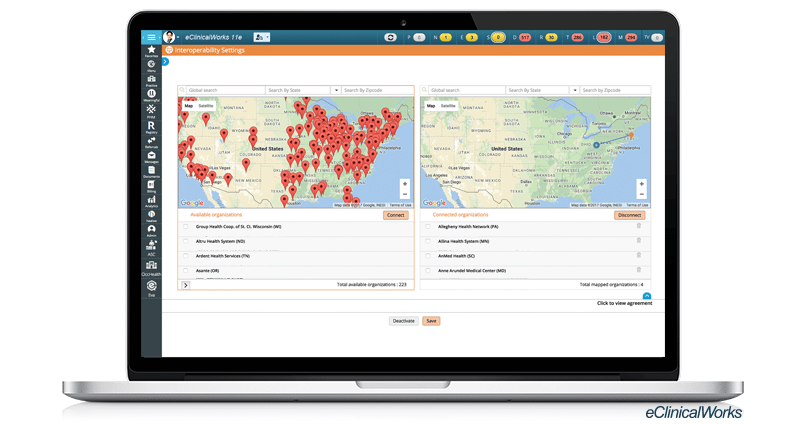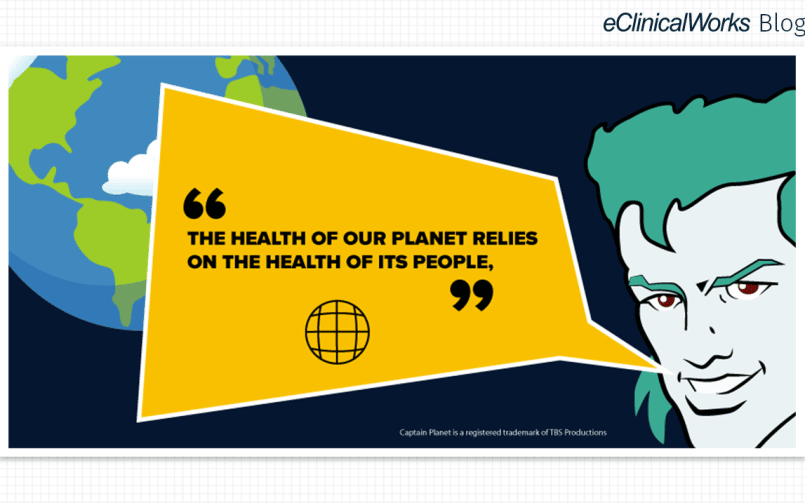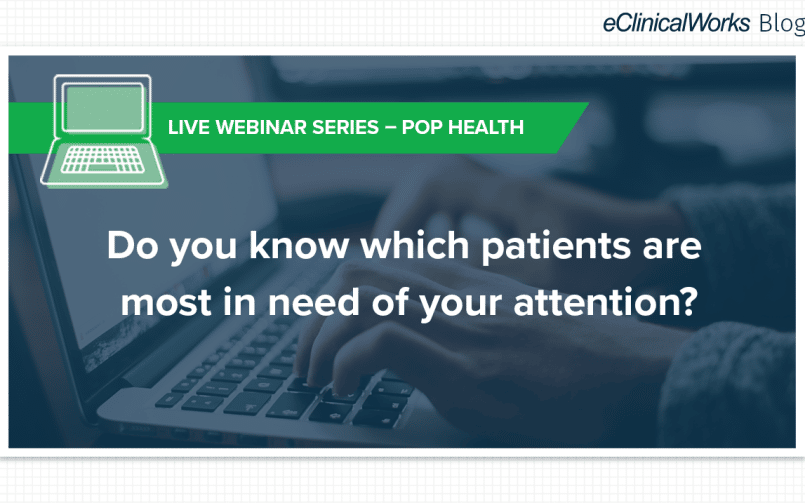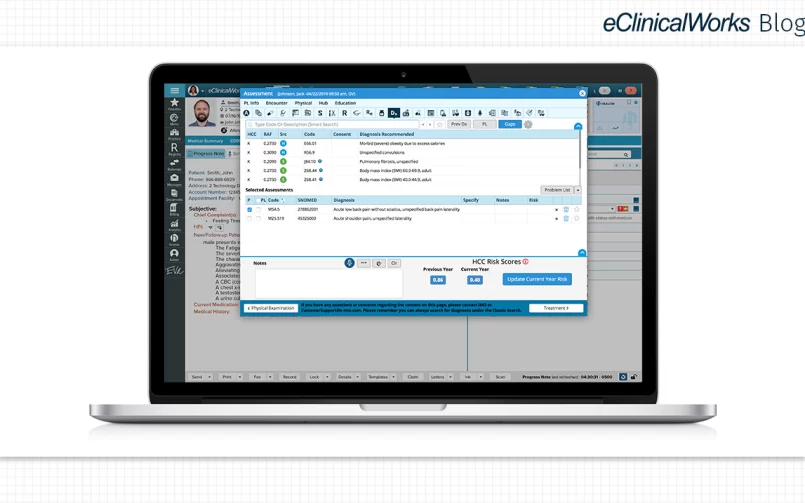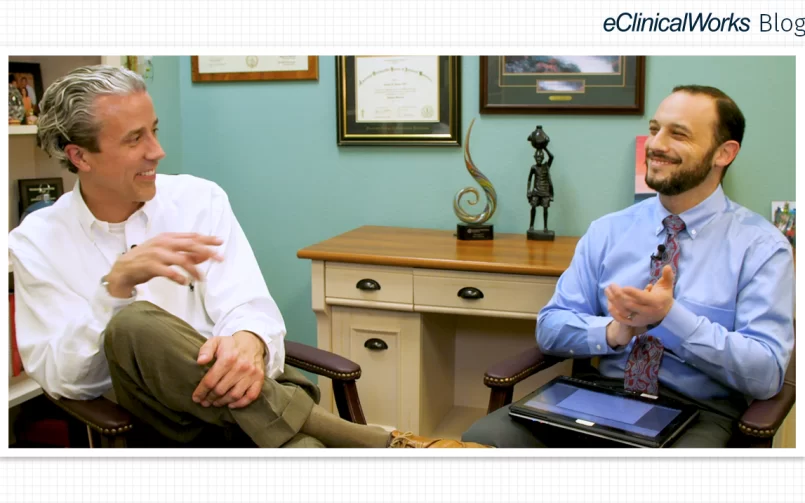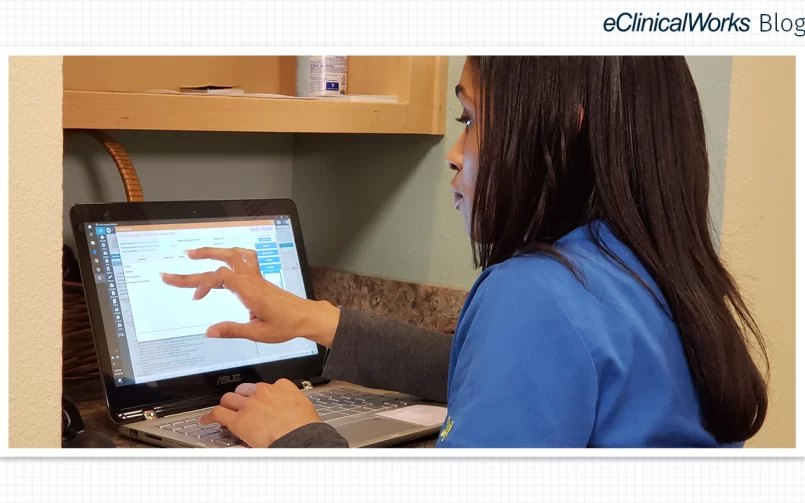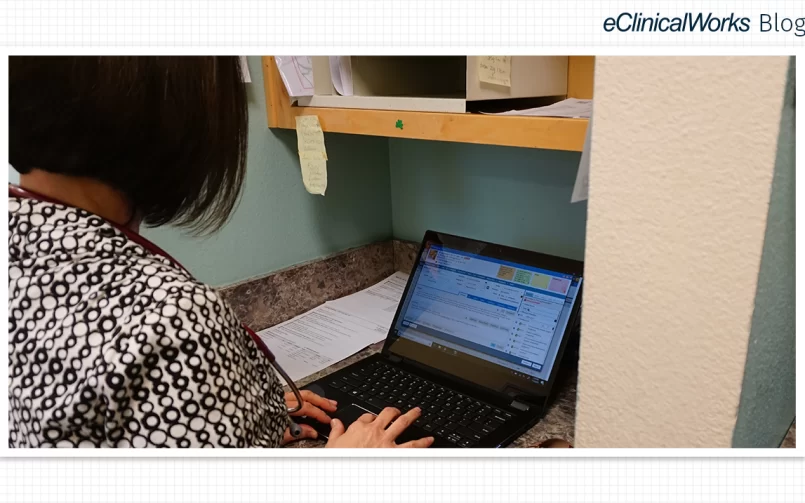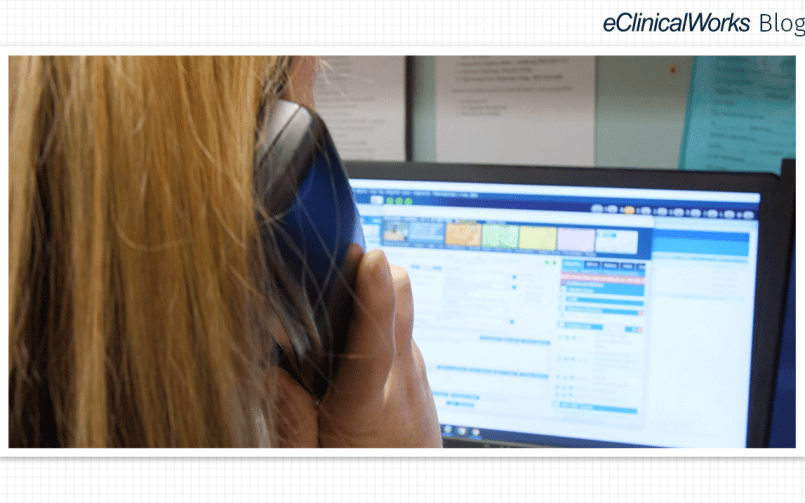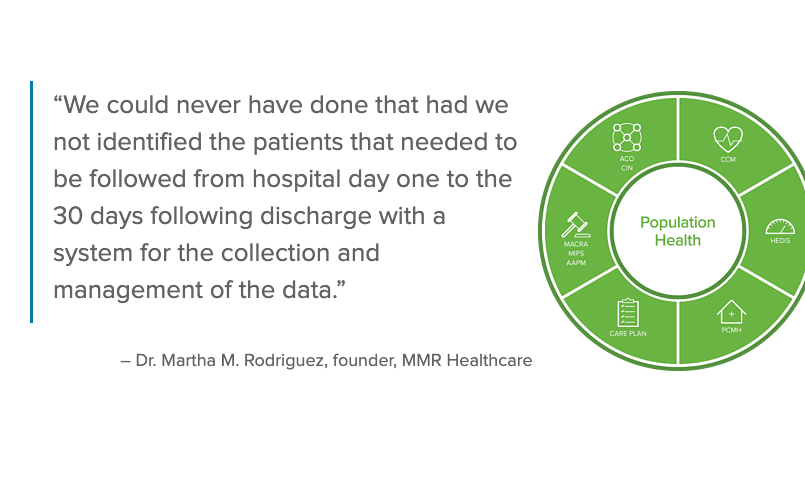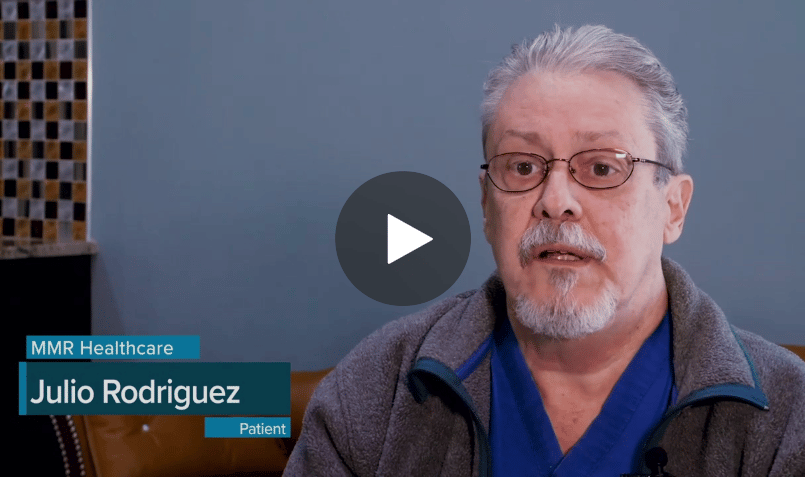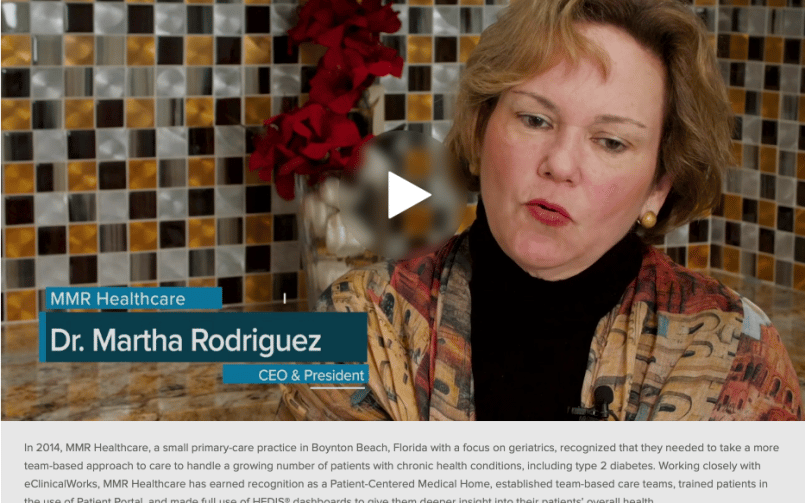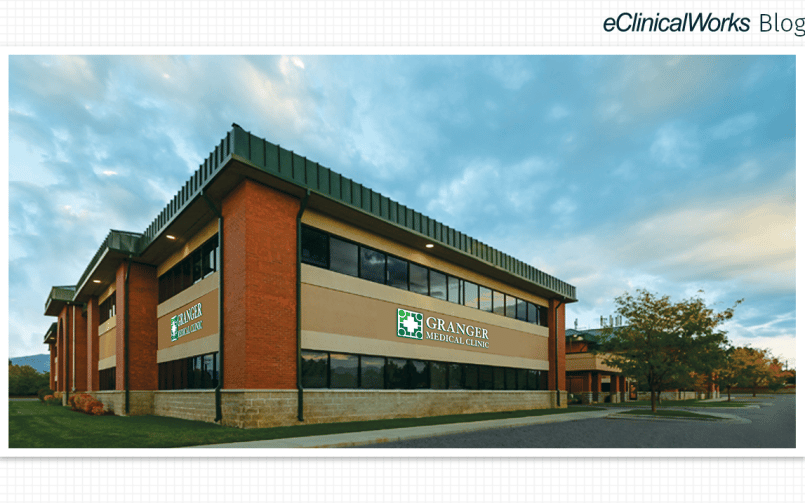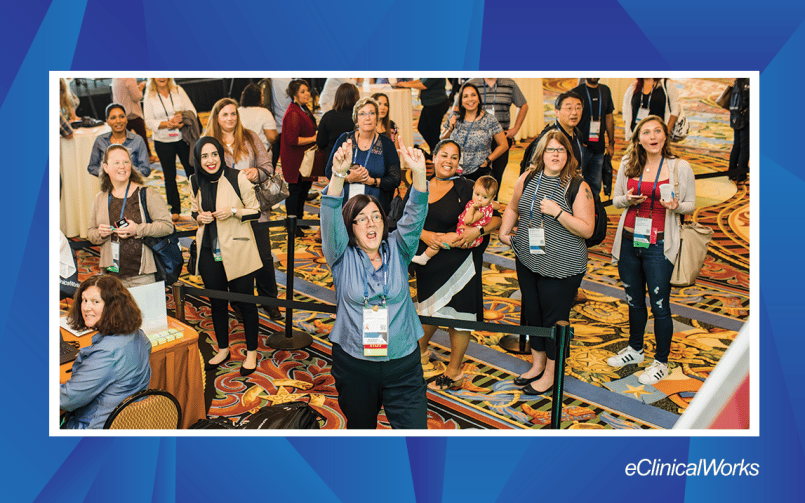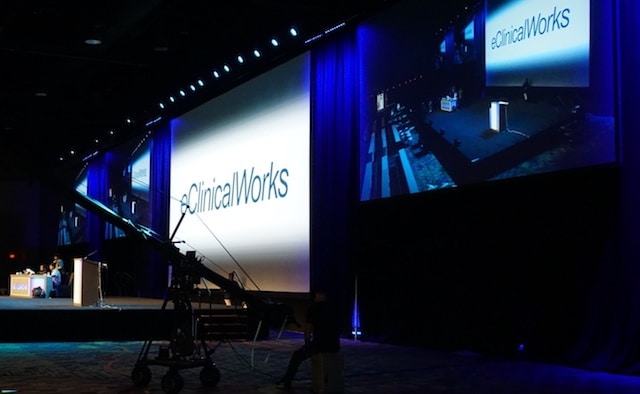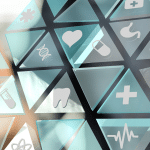How a Remote Solution Keeps Patients Close
- 13 October 2022
- Blog
eClinicalWorks
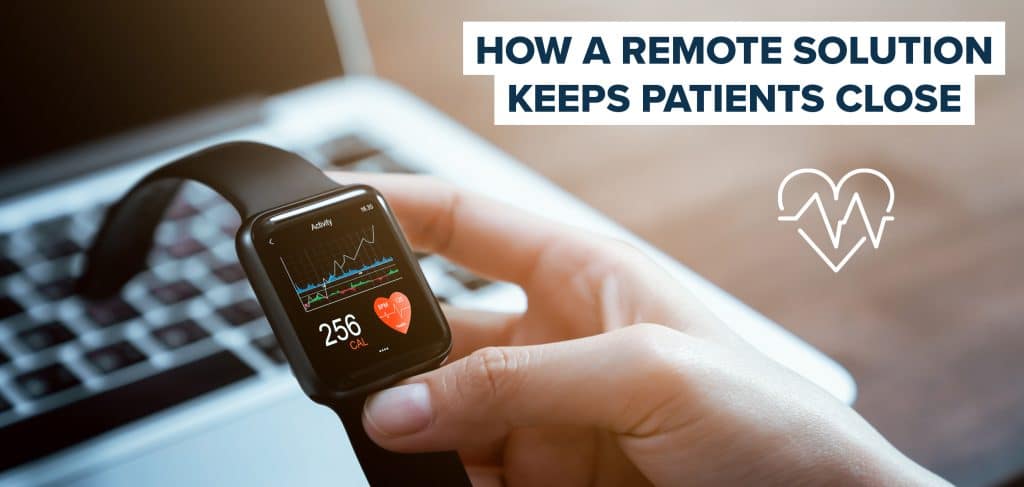
Monitoring provides data for near real-time care delivery
At healow, RPM doesn’t stand for revolutions per minute, but it can still be a way to rev up your understanding of Population Health and achieve the goals of value-based care. That’s because RPM stands for Remote Patient Monitoring, which is emerging as one of the most critical and effective ways to keep tabs on patients.
The healow Remote Patient Monitoring (RPM) module seeks to revolutionize patient care by gathering physiological data from patients’ health devices, giving primary care providers and specialists near real-time insight into what is happening with their patients.
RPM as a multiplier of staff effectiveness
Clinicians have long faced the reality that seeing patients once or twice a year isn’t sufficient for monitoring their health, particularly for patients who may have multiple chronic conditions. Without more frequent monitoring, chronic conditions can quickly lead to an acute health crisis that often means a trip to the emergency room or a hospital stay.
In that sense, our RPM module can act as a staff multiplier. At a time when medical practices — like organizations of all kinds — are facing staff shortages, Remote Patient Monitoring can extend the range of your existing providers and staff. RPM doesn’t replace anyone but it can make your existing team more effective.
Key features in the RPM solution
The healow RPM module features an intuitive, user-friendly design and is fully integrated with the eClinicalWorks EHR. Among key features, your providers and staff can:
- Capture time-based activities
- Streamline workflows and boost productivity
- Gain insights and interpret trends
- Stage proactive interventions
- Get in-depth reporting
- Automate billing
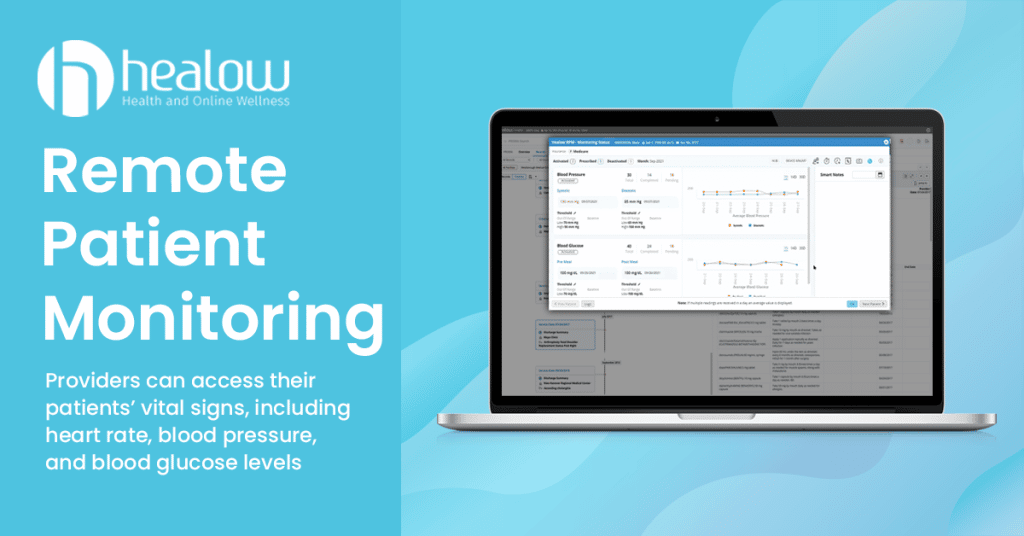
Studies back effectiveness of RPM
The COVID-19 pandemic brought many challenges but also offered medical organizations an unprecedented opportunity to study the impact of telehealth and Remote Patient Monitoring. While researchers continue to study the data, the evidence for RPM’s efficacy continues to mount.
This 2021 report from the American Hospital Association, for example, cites a Kaiser Permanente study detailing how RPM helped reduce hospital readmissions, one of the major drivers of cost in medical care.
“The analysis of data from more than 7,000 patients across 41 states reported that its two-tiered RPM program with nursing support was safe, effective and led to positive outcomes,” the report noted, including higher patient engagement, fewer hospitalizations, and lower 30-day mortality rates.
Another analysis, reported by the National Library of Medicine, found that RPM was effective among patients with cardiovascular disease and COPD.
A meta-analysis of 91 studies of RPM usage found that in 49% of studies, use of RPM led to a reduction in emergency department visits, hospital admissions, and length of hospital stays.
Expanding opportunities for great care
As technologies improve, understanding of patients is sure to deepen, offering clinicians more and more opportunities to provide the kind of year-round monitoring and care that has been shown to be effective.
Click here to see how Brookhaven Heart & MD365 has put RPM monitoring to work to improve care.
Our healow experts can show your practice how to put Remote Patient Monitoring to work at your practice. For more information or a demo, contact pophealthsales@eclinicalworks.com.
Next month, our Population Health blog series looks at some of the innovative solutions presented at the 2022 eClinicalWorks and healow National Conference in Orlando, Florida. We’ll take a closer look at how eClinicalWorks is helping practices bring together new thinking and the latest healthcare IT solutions to achieve the goals of value-based care.





